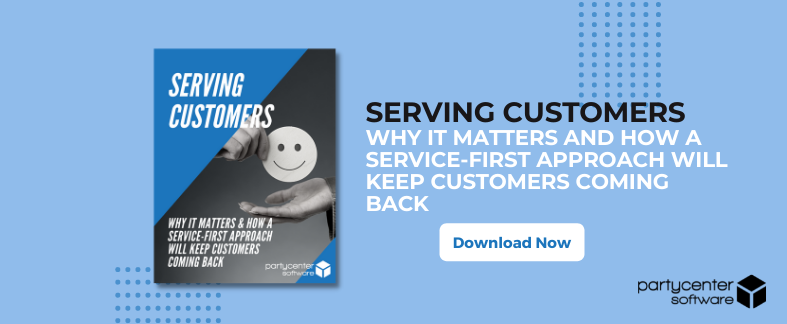Looking to create a great customer experience? It's all about active listening!
Think about the last time you had a truly great experience at a local business. Chances are you felt important, you felt heard.
Here are some ideas on how you can foster a positive customer experience by sharpening your active listening skills.
Read: 15 Customer Experience Quotes to Keep You Motivated
5 Ways to Improve Your Active Listening Skills
1. Listen Without Planning Your Reply
The first and best way to improve your active listening skills is to practice listening without planning a reply.
It’s common for us to want to listen with the intent of replying back. We want to fix the problem immediately or share what our services can do.
It’s important to understand that the real needs of your prospect or customer might not actually be what they’re saying in the moment. Allow them the time they need to share their thoughts. Let an awkward 3 seconds lapse between you and your customer. This will give them a chance to really speak and to feel heard.
If you find that you do have things to say while your potential customer is speaking, write them down. That way you won’t forget! This will allow you to continue focusing on active listening. It will also allow you to understand their needs better and earn their trust.
Folks that work in sales are notorious for over-talking. According to Gong research, they tend to talk way more than they really should! So, don’t let this happen to you!
2. Repeat Back What You Hear
Be sure to repeat back what you hear. This will allow the person speaking to clarify what they said. And it allows you another few minutes to understand what was said, too.
This approach allows you to continue building trust. You’re not just diving into a rebuttal or a pitch, or focusing on your own agenda. You’re listening!
This will help you build a solid rapport with your prospects and customers. We all want to be heard and understood!
3. Slow Down
Now that you’ve listened thoroughly and repeated back what you heard, it’s important to continue to slow down the conversation. A conversation is not a race. Take the time it takes to seek to understand.
Uncover what they’re saying by putting what they said in your own words. Elaborate at this point or ask them to elaborate. Ask some thoughtful open-ended questions to learn more.
Active listening is all about keeping the dialogue open.
4. Ask Permission to Provide Feedback
Feeling heard is important. So is feeling respected! Ask for permission to provide feedback. Ask if it’s okay to share how you can help.
Asking for permission will show your customer you respect them and increase your perceived level of professionalism.
If you’ve followed the steps carefully you will have earned this right to advise them by taking the time to actively listen.

5. Show Value
Now, it’s time to show value - to show proof! Now is the time to share a success story or positive feedback that you’ve received from a previous scenario.
Begin by naming the problem solved, how you solved it, and the impact it made on the other person. Consider using statistics to make it more tangible, or an amusing anecdote to make it more personal.
It’s all about relating to the true problem that was uncovered during the conversation.
Did You Like This Article? Leave a Comment Below!
Leave a comment below if you enjoyed this article. Do you have a great customer service story? We'd love to hear it!
Download Our Serving Customers eBook
Click the image below to download our eBook on why a service-first approach will keep customers coming back!
